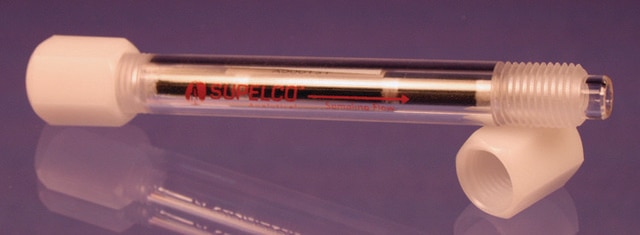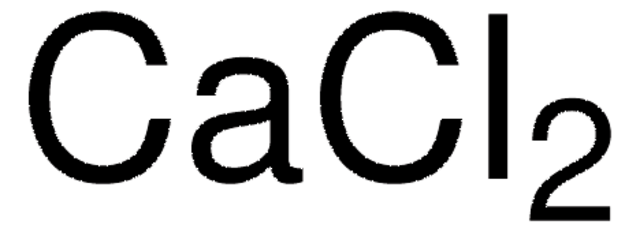MABF2009
Anti-IL-17A/CTLA8 Antibody, clone MM17F3
Synonym(s):
Interleukin-17A;Cytotoxic T-lymphocyte-associated antigen 8
About This Item
Recommended Products
biological source
mouse
Quality Level
antibody form
purified antibody
antibody product type
primary antibodies
clone
MM17F3 or MM17AF3, monoclonal
mol wt
calculated mol wt 17.49 kDa
observed mol wt ~18 kDa
purified by
using protein G
species reactivity
mouse
packaging
antibody small pack of 100 μg
technique(s)
ELISA: suitable
flow cytometry: suitable
immunohistochemistry: suitable
inhibition assay: suitable
neutralization: suitable
western blot: suitable
isotype
IgG1κ
epitope sequence
Unknown
Protein ID accession no.
UniProt accession no.
storage temp.
2-8°C
target post-translational modification
unmodified
Gene Information
mouse ... Il17A(16171)
General description
Specificity
Immunogen
Application
Evaluated by Western Blotting with recombinant mouse IL-17A.
Western Blotting Analysis (WB): 1:20,000 dilution of this antibody detected recombinant mouse IL-17A.
Tested Applications
Neutralizing: A representative lot neutralized the activity of Interleukin-17A in Neutralizing application (Galicia, G., et al. (2009). J Clin Immunol.;29(4):426-33; Kelchtermans, H., et al. (2009). Arthritis Res Ther.;11(4):R122).
Flow Cytometry Analysis: A representative lot detected Interleukin-17A in Flow Cytometry application (Lo Re, S., et al. (2010). J Immunol. 184(11):6367-77; Chen, X., et al. (2010). Biol Blood Marrow Transplant. 16(1):123-8).
ELISA Analysis: A representative lot detected Interleukin-17A in ELISA application (Uyttenhove, C., et al. (2006). Eur J Immunol. 36(11):2868-74; Lemaire, M.M., et al. (2011). J Immunol. 187(7):3530-7).
Immunohistochemistry Applications: A representative lot detected IL-17A/CTLA8 in Immunohistochemistry application (Chen, X., et al. (2010). Biol Blood Marrow Transplant. 16(1):123-8).
Inhibition Assay: A representative lot inhibited IL-6 induction by IL-17A in C11D fibroblastic cell line. (Uyttenhove, C., et al. (2006). Eur J Immunol.;36(11):2868-74)..
ELISA Analysis: Various dilutions of this antibody detected recombinant mouse IL-17A protein.
Note: Actual optimal working dilutions must be determined by end user as specimens, and experimental conditions may vary with the end user.
Physical form
Reconstitution
Storage and Stability
Other Notes
Disclaimer
Not finding the right product?
Try our Product Selector Tool.
wgk_germany
WGK 1
flash_point_f
Not applicable
flash_point_c
Not applicable
Certificates of Analysis (COA)
Search for Certificates of Analysis (COA) by entering the products Lot/Batch Number. Lot and Batch Numbers can be found on a product’s label following the words ‘Lot’ or ‘Batch’.
Already Own This Product?
Find documentation for the products that you have recently purchased in the Document Library.
Our team of scientists has experience in all areas of research including Life Science, Material Science, Chemical Synthesis, Chromatography, Analytical and many others.
Contact Technical Service



